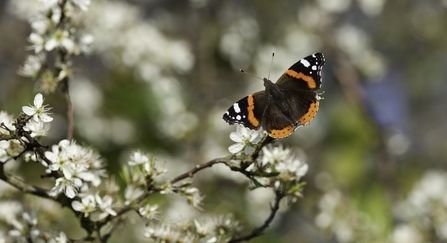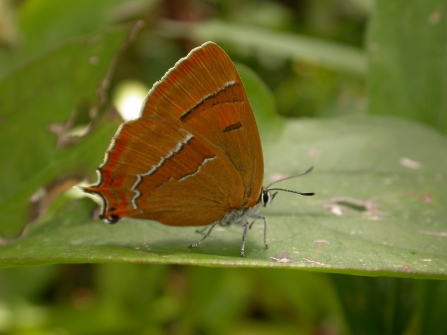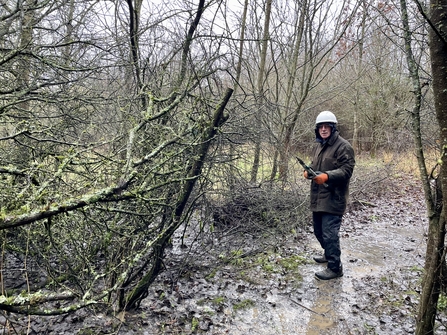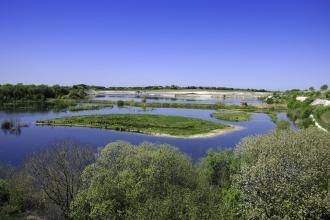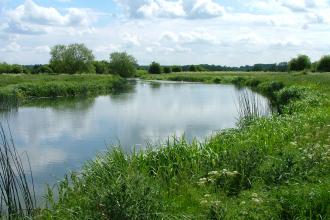Mud, mud glorious mud. If you feel the need to wade and wallow in gloopy, sticky, slippery mud, Finemere Wood is the place to be. There has been so much rain over recent months, natural ponds have appeared in dips in the footways and many of the paths through the wood present challenges to even the sure-footed. And yet the volunteers struggle on regardless.
As we wait in anticipation of spring, and its biotic boom, energies are channelled to managing great thickets of blackthorn. Out on the edge of the Finemere meadows, a footpath meanders through an area of relatively new woodland, planted some 20 years ago.


